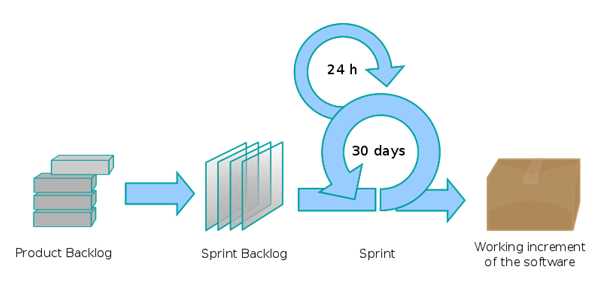The requirement for effective, rapid support systems increases as companies depend more on technology. Digital service desk solutions are now crucial for many businesses to handle everything from software problems and user access to technical concerns. But it might be difficult to know how to pick the best option when there are so many to choose from. Employee productivity and happiness will be directly impacted by the calibre of your IT help desk services, regardless of whether you’re outsourcing or developing internal assistance. Here are some things to consider when choosing the best option.
Clear Structure and Workflow Management
A strong digital service desk should provide more than just ticketing. It must include a clear, well-organised system for managing support requests from intake to resolution. The best digital service desk solutions allow categorisation of issues, priority levels, and automatic assignment to the appropriate personnel. A structured workflow reduces delays and helps teams address problems based on urgency and complexity. This keeps technical issues from snowballing into operational downtime.
Integration with Existing Tools
You may easily incorporate an efficient IT help desk service with your existing systems. The service desk should seamlessly handle any tools your company utilises, including internal communication systems, cloud storage, and security software. Compatibility is essential; IT teams can monitor and address problems without juggling numerous interfaces, and staff members should be able to submit requests through platforms they are comfortable with.
Self-Service Portals for Common Issues
Nowadays, a lot of companies favour giving their customers more influence. Self-service portals and other digital service desk solutions enable employees to solve common issues independently. These portals can drastically lower the number of support tickets for tasks like password resets, updates, and how-to tutorials. By facilitating quicker fixes without requiring a technician’s response, they also raise user happiness.
Real-Time Communication Capabilities
Email-based support can be slow and inefficient. Modern IT help desk services include live chat, instant notifications, or even AI-powered bots that can assist users in real time. This direct approach helps resolve simple issues more quickly and allows staff to continue their work with minimal interruption. It also creates a sense of responsiveness that improves the internal perception of IT support.
Analytics and Performance Tracking
A reliable service desk should not only resolve problems—it should track them. The best digital service desk solutions include built-in analytics that show response times, ticket resolution rates, and issue trends over time. These insights allow managers to make data-driven decisions, such as allocating more resources to recurring issues or improving system configurations to prevent future problems.
Customisable Service Levels
Not all issues require the same urgency. Look for IT help desk services that allow you to define custom service level agreements (SLAs) based on the criticality of each request. For example, a server outage may require a two-hour response window, while a software installation can wait until the end of the day. Custom SLAs help set clear expectations and ensure support is allocated efficiently.
Scalability for Future Growth
A service desk should meet current needs while remaining flexible enough to grow with your organisation. Scalable digital service desk solutions allow you to add users, expand support hours, or introduce new service categories without rebuilding the system. This future-proofing helps avoid disruptions and ensures long-term value from your investment.
Multi-Channel Support Options
Today’s workforce communicates in multiple ways. A good IT help desk service provides multi-channel support—including email, phone, chat, and ticket submission through portals. This flexibility allows users to seek help through their preferred method, reducing resistance and improving the overall support experience. It also enables faster identification and routing of issues, especially in high-demand situations.
Consistent User Experience
Support services should feel consistent, regardless of the channel or time of day. Employees expect reliable assistance whether they are working from the office, at home, or in transit. Digital service desk solutions that standardise interactions ensure that users receive the same quality of service every time. This consistency builds trust in the system and encourages people to seek help rather than delay reporting problems.
Transparent Reporting and Feedback Loops
Lastly, choose a provider that offers transparent reporting and welcomes feedback. A dependable IT help desk service provides regular updates on performance and is open to reviewing service quality. Feedback loops allow users to rate their support experience, flag gaps in communication, and suggest improvements. This continuous feedback helps the help desk evolve alongside the organisation’s needs.
Contact Getronics to explore digital service desk solutions tailored to your organisation’s IT support goals.





